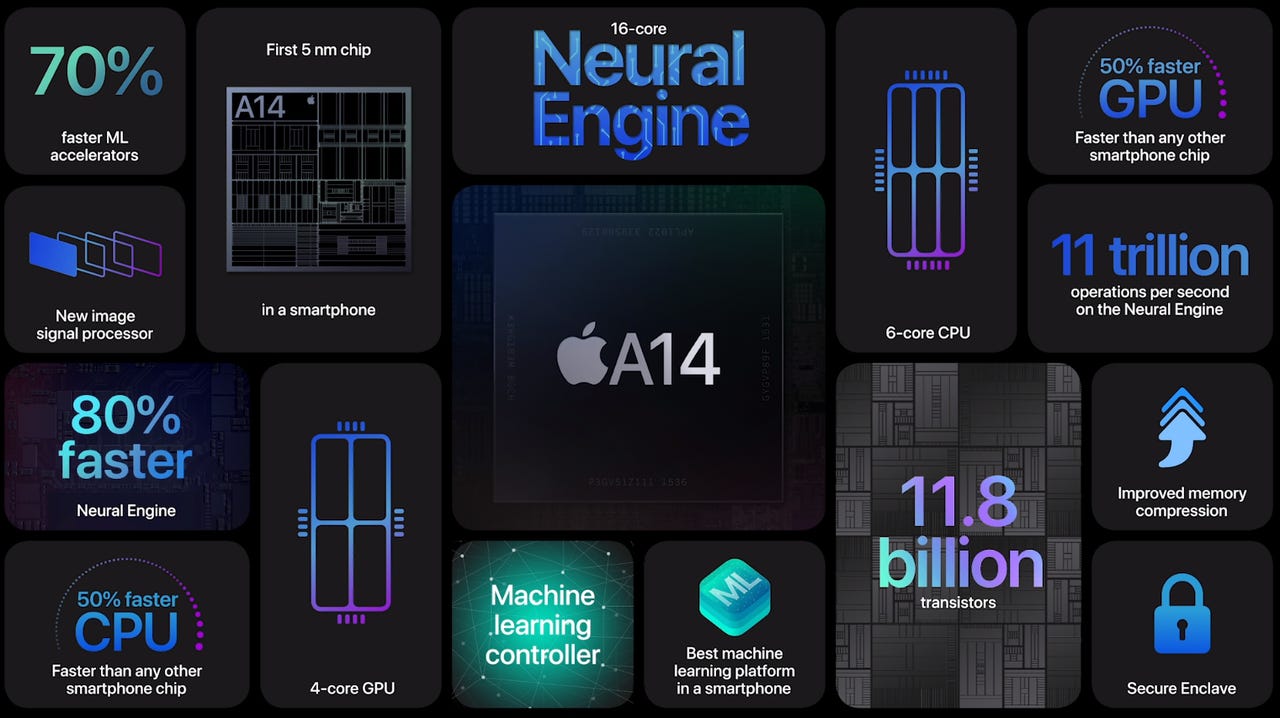'ZDNET Recommends': What exactly does it mean?
ZDNET's recommendations are based on many hours of testing, research, and comparison shopping. We gather data from the best available sources, including vendor and retailer listings as well as other relevant and independent reviews sites. And we pore over customer reviews to find out what matters to real people who already own and use the products and services we’re assessing.
When you click through from our site to a retailer and buy a product or service, we may earn affiliate commissions. This helps support our work, but does not affect what we cover or how, and it does not affect the price you pay. Neither ZDNET nor the author are compensated for these independent reviews. Indeed, we follow strict guidelines that ensure our editorial content is never influenced by advertisers.
ZDNET's editorial team writes on behalf of you, our reader. Our goal is to deliver the most accurate information and the most knowledgeable advice possible in order to help you make smarter buying decisions on tech gear and a wide array of products and services. Our editors thoroughly review and fact-check every article to ensure that our content meets the highest standards. If we have made an error or published misleading information, we will correct or clarify the article. If you see inaccuracies in our content, please report the mistake via this form.
Apple iPhone 12 5G upgrades could be justified by A14 Bionic


ZDNET Recommends
Apple's iPhone 12 is all about 5G, but the upgrade may be justified by its new A14 Bionic processor, which sheds light on where the company is headed with its own silicon coming to the Mac.
During the iPhone launch event, Apple outlined the A14, which is its first built with 5 nanometer processor technology, and how it is being used in the iPhone 12. The chip also boasts a 4-core GPU, faster machine learning accelerators and a 6-core CPU.
Apple announced the A14 Bionic when it launched its latest iPad Air.
With its 11.8 billion transistors the A14 is looking to attract more workload intensive gaming and photography features. Apple talked about computational photography about as much as Google does at its Pixel launches.
Apple is also adding the following:
- An 80% faster neural engine;
- New image signal processor;
- 70% faster machine learning accelerators;
- Improved memory compression;
- And performance enhancements across the board.
The processor means that League of Legends, a game typically used on desktops, will be coming to the iPhone.
Bottom line: Apple is using the A14 Bionic to power all of its screens from the iPhone to the iPad. The bet is that it can put a lot of power in your palm and use it as a selling point.
More on Apple silicon:
- Apple Silicon MacBooks will be the laptops that iPads were never supposed to be
- Apple Silicon: Meet the new Mac, PC of the future
- Beyond the benchmarks: How Apple Silicon Macs could change the game
- With Silicon Macs, Apple leaves the PC industry behind
- Apple Silicon promises more powerful Macs, but developers face growing pains
iPhone 12 Mini
- Starting price: $699
- Colors: Black, white, red, blue, and green
- Display size: 5.4 inches
iPhone 12
- Starting price: $799
- Colors: Black, white, red, blue, and green
- Display size: 6.1 inches
iPhone 12 Pro
- Starting price: $999
- Colors: Gold, silver, graphite, and blue
- Display size: 6.1 inches
iPhone 12 Pro Max
- Starting price: $1,099
- Colors: Gold, silver, graphite, and blue
- Display size: 6.7 inches